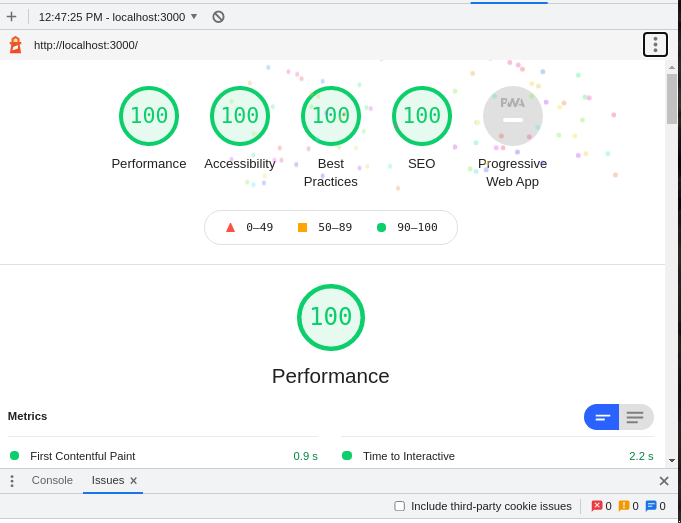SEO in Next.js
Author : JaNakh Pon , August 22, 2021
Tags
How to add SEO to Next.js
We are going to add SEO to a demo Next.js app in a few steps:
- Installation and setup
- Get favicons for SEO
- Add SEO/meta tags
Summary
In this article, we are going to add SEO meta tags to _document.tsx instead of adding them to a component and importing to index.ts. So, we can avoid errors like `"next-head-count missing","cannot read content of 'null' and blah blah blah ...😂".
In order To do that, we need to get favicon pack first by uloading an image to favicongenerator and extract the image files into /public/ folder.
Secondly, we need to add meta tags to _document.tsx.
Installation & setup
Let's get started by intializing Next.js app using create-next-app:
> npx create-next-app next-seo --ts
> cd next-seo && mkdir src
> cd src/pages/ && touch _document.tsx
And move the /pages/ folder into /src folder (btw this is optional!)
Now we need to add meta tags for SEO in _document.tsx. Here's the sample tags with values and you may need to modify or add more values to _document.tsx:
import Document, { Html, Head, Main, NextScript } from "next/document";
import React from "react";
const url = `http://localhost:3000/`;
const description = `HaHa | HeHe`
const name = "HaHa"
const social_image = "mstile-150x150.png"
export default class extends Document {
static async getInitialProps(ctx: any) {
return await Document.getInitialProps(ctx);
}
render() {
return (
<Html lang="en" dir="ltr">
<Head>
<meta
name="keywords"
content="Hello, hola, blah blah"
/>
<meta name="author" content="Ja Nakh Pon" />
<meta name="robots" content="index,follow" />
<meta name="googlebot" content="index,follow" />
<meta name="description" content={description} />
<meta name="theme-color" content="#006ABC" />
{/* openGraph */}
<meta property="og:title" content={name} />
<meta
property="og:description"
content={description}
/>
<meta property="og:type" content={"website"} />
<meta property="og:url" content={url} />
<meta property="og:locale" content="en_IE" />
<meta property="og:site_name" content={name} />
<meta property="og:image" content={social_image} />
{/* Twitter */}
<meta name="twitter:site" content={`@ja_nakh`} />
<meta name="twitter:creator" content={`@ja_nakh`} />
<meta name="twitter:card" content="summary_large_image" />
<meta name="twitter:title" content={name} />
<meta
name="twitter:description"
content={description}
/>
<meta name="twitter:image" content={social_image} />
{/* Icons */}
<link rel="canonical" href={url} />
<link rel="icon" href="/favicon.ico" />
<link
rel="apple-touch-icon"
sizes="180x180"
href="/apple-touch-icon.png"
/>
<link
rel="icon"
type="image/png"
sizes="32x32"
href="/favicon-32x32.png"
/>
<link
rel="icon"
type="image/png"
sizes="16x16"
href="/favicon-16x16.png"
/>
<link rel="mask-icon" href="/safari-pinned-tab.svg" color="#5bbad5" />
<meta name="msapplication-TileColor" content="#da532c" />
<meta name="theme-color" content="#006ABC" />
</Head>
<body>
<Main />
<NextScript />
</body>
</Html>
);
}
}
Since everything is ready, let's build it and serve it in local. So, we could check the results using Lighthouse:
> npm run build && npm run start
> \\ Open Dev Tools > Lighthouse > Generate reports
and you should see something like this:

Congrats!!! now your next.js app has proper preview image, description and title for sharing in social media such as facebook, twitter alongside the SEO meta tags 😉.